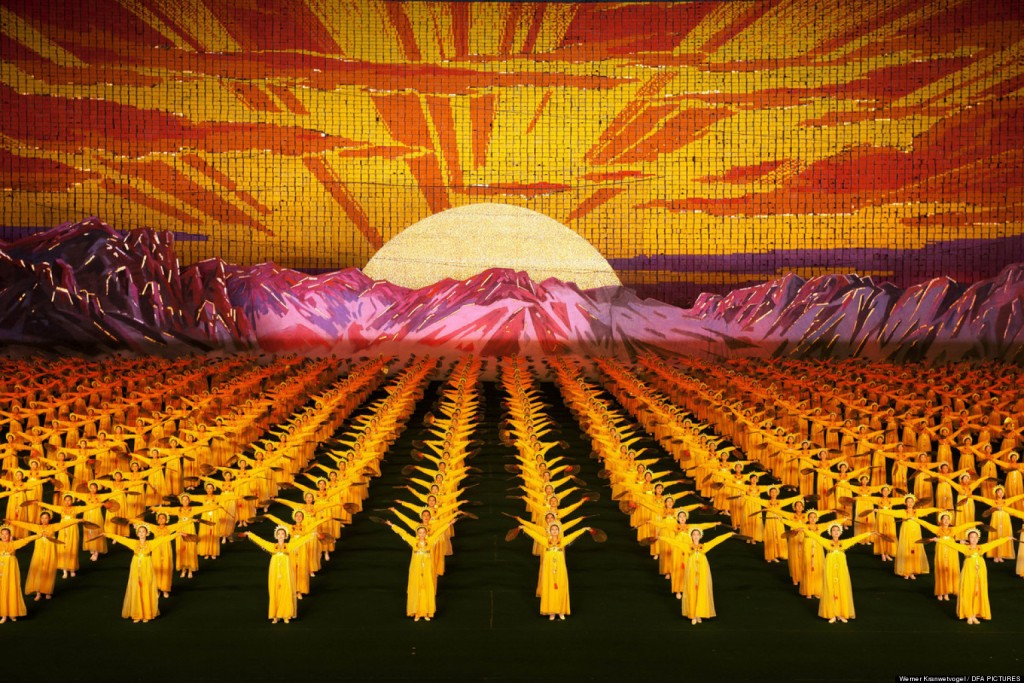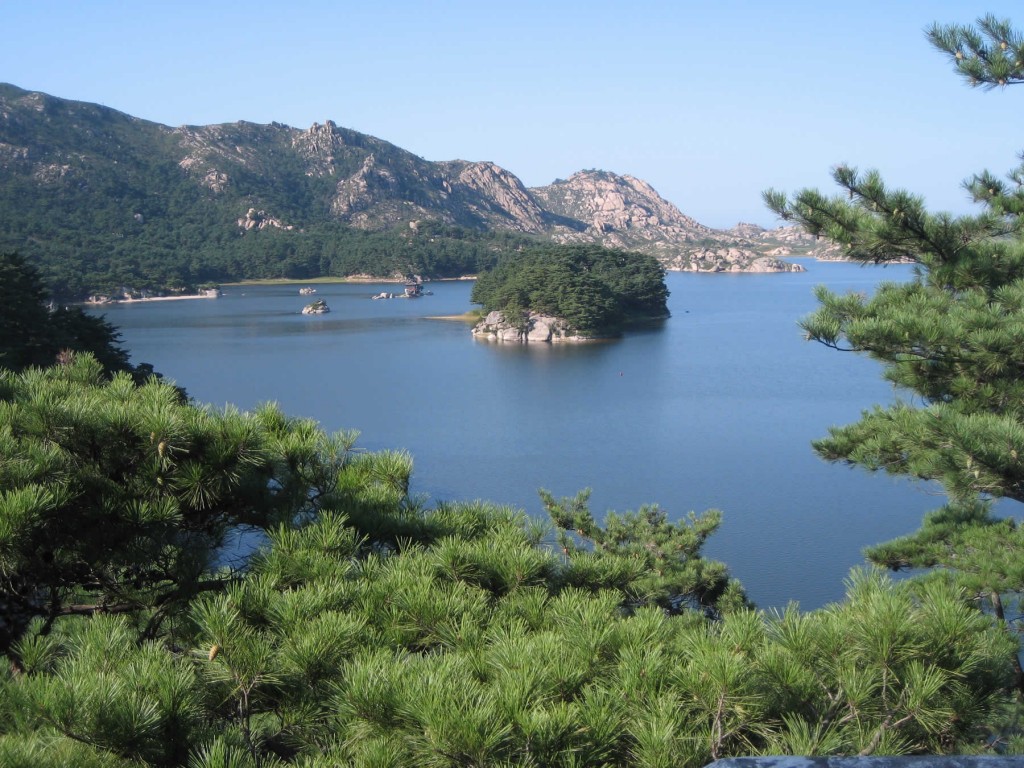Travel to North Korea
 There are various reasons to travel to North Korea. To start, visiting one of the most inaccessible and unknown countries in the world is tempting at the least. If you are determined, you don’t carry a South Korean passport, and you aren’t a “journalist”, you should be able to venture into North Korea without joining the army. Once there, you’ll discover a government focused on idolizing former president Kim II-sung with statues, stadiums, monuments and the title of Eternal President, even though he died in 1994. There are also a range of historic and cultural attractions in the showcase capital of Pyongyang, the old capital of Kaesong in the south, with its access to Panmunjom in the DMZ, the port city of Nampo to the west, and the refreshing mountains of Myohyang to the north.
There are various reasons to travel to North Korea. To start, visiting one of the most inaccessible and unknown countries in the world is tempting at the least. If you are determined, you don’t carry a South Korean passport, and you aren’t a “journalist”, you should be able to venture into North Korea without joining the army. Once there, you’ll discover a government focused on idolizing former president Kim II-sung with statues, stadiums, monuments and the title of Eternal President, even though he died in 1994. There are also a range of historic and cultural attractions in the showcase capital of Pyongyang, the old capital of Kaesong in the south, with its access to Panmunjom in the DMZ, the port city of Nampo to the west, and the refreshing mountains of Myohyang to the north.
All visitors going to North Korea need visas and these will be processed after you book an organized tour with an authorized travel company. Visas are not just “issued.” You must have approved arrangements in North Korea, through a host organization. Approved travel agents work usually with one of three state-run agencies: Korea International Travel Company, Korea International Sports Travel Company, Korea International Youth Travel Company.
North Korea has a continental climate which can be very cold in the winter (going down to -30) and hot in the summer. During the summer, the end of the spring and the beginning of autumn, it can also rain a lot. Because of this, October and April are perhaps the best months to visit North Korea in terms of climate.
Nonetheless, it’s a good idea to visit North Korea during the spectacular Arirang Festival which takes place six days a week for two months (between July and October).
North Korea attractions
In Pyongyang:
Mansudae Grand Monument, to lay a wreath of flowers at the statue of Kim Il Sung in Fountain Park
Revolutionary Martyrs’ Cemetery
Kim Il Sung Square and the Arch of Triumph (built to commemorate the Korean resistance from Japan between 1925 and 1945)
Mangyongdae Native House (where Kim Il Sung was born)
Kumsusan Palace of the Sun (Kim Il Sung’s Mausoleum – smart dress required)
Juche Tower – a symbol of national self-reliance, based on Kim Il Sung’s “Juche Idea”
Military Exhibition Centre
Taedong department store and local micro-brewery
Golden Lane Bowling Centre (with ten pins, as you would expect)
Elsewhere:
North-South Korean border and DMZ
Pohyon Temple and the International Friendship Exhibition, which is home to thousands of gifts presented to Kim Il Sung and Kim Jong ll
Lake Sijung – a retreat during the Yi dynasty
Ulim Waterfalls
Mount Kumgang for light trekking
Samil Lagoon


















